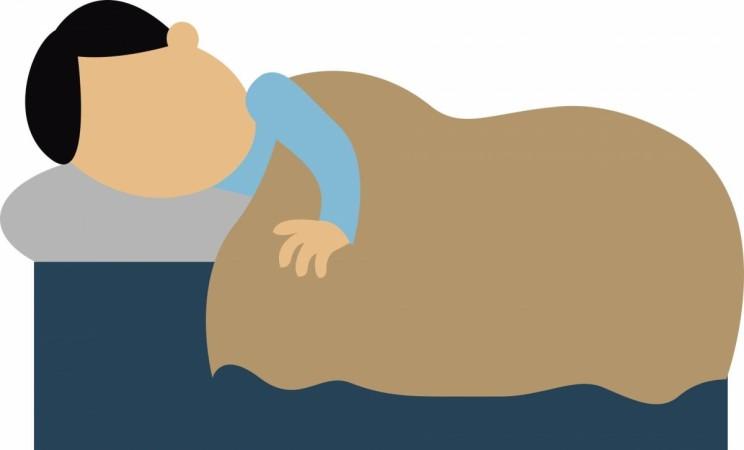Can anyone perceive questions and provide answers in the midst of a vivid dream? It is possible, say researchers. The findings indicate that it is possible for people while dreaming to follow instructions, do simple math, answer yes-or-no questions, or tell the difference between different sensory stimuli.
"We found that individuals in REM sleep can interact with an experimenter and engage in real-time communication," said researcher Ken Paller from the Northwestern University in the US. According to the researcher, dreamers are capable of comprehending questions, engaging in working-memory operations and producing answers.
"Most people might predict that this would not be possible -- that people would either wake up when asked a question or fail to answer, and certainly not comprehend a question without misconstruing it," Paller said.
![Men sleeping [Representational image] man sleep](https://data1.ibtimes.co.in/en/full/686264/man-sleep.jpg?h=450&l=50&t=40)
For the study, published in the journal Current Biology, the researchers evaluated 36 people who aimed to have a lucid dream, in which a person is aware they're dreaming.
The team said that people in dreams could respond using eye movements or by contracting facial muscles. The researchers refer to it as "interactive dreaming." The researchers said that future studies of dreaming could use these same methods to assess cognitive abilities during dreams versus wake.
Solving maths in sleep
Outside of the laboratory, the methods could be used to help people in various ways, such as solving problems during sleep or offering nightmare sufferers novel ways to cope, the team noted.
While dreams are a common experience, scientists still haven't adequately explained them. Relying on a person's recounting of dreams is also fraught with distortions and forgotten details. So Paller and colleagues decided to attempt communication with people during lucid dreams.
"Our experimental goal is akin to finding a way to talk with an astronaut who is on another world, but in this case, the world is entirely fabricated on the basis of memories stored in the brain," the researchers write. They realized finding a means to communicate could open the door in future investigations to learn more about dreams, memory, and how memory storage depends on sleep, the researchers say.
Unique study
The paper is unique in that it includes four independently conducted experiments using different approaches to achieve a similar goal. In addition to the group at Northwestern in the U.S., studies were conducted at Sorbonne University in France; Osnabrück University in Germany; and Radboud University Medical Center in the Netherlands.

One of the individuals who readily succeeded with two-way communication had narcolepsy and frequent lucid dreams. Among the others, some had lots of experience in lucid dreaming and others did not.
Overall, the researchers found that it was possible for people, while dreaming, to follow instructions, do simple math, answer yes-or-no questions, or tell the difference between different sensory stimuli. They could respond using eye movements or by contracting facial muscles. The researchers refer to these successful conversations as "interactive dreaming."
Students in Paller's lab group have developed a smartphone app that aims to make it easier for people to achieve lucidity during their dreams.

















